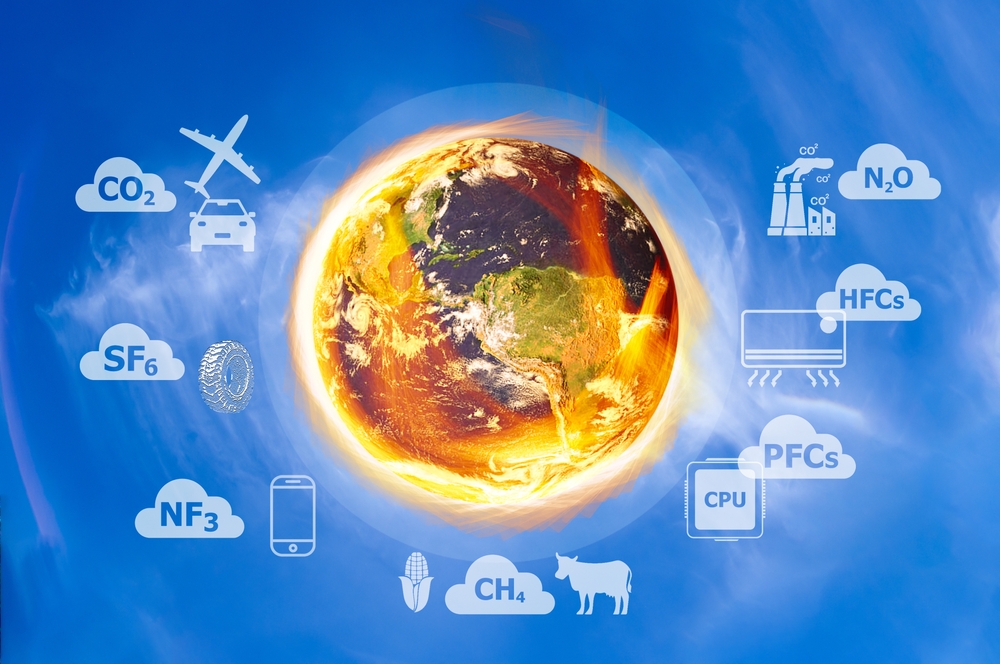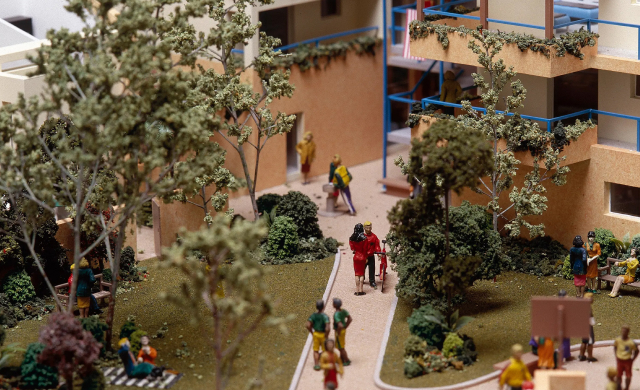What is a Refrigerant?
Refrigerants are used in almost everything that cools, and sometimes in things that heat, most commonly air conditioners, fridges, freezers, heat pumps and vehicle air conditioners. Refrigerants are used in the heat cycle to transfer heat from one area and move it to another.
Synthetic vs Natural Refrigerants
Most refrigerants used in our homes, office buildings, and other commercial spaces are synthetic. Synthetic refrigerants are used in our heating and cooling systems and come with significant and adverse environmental impacts. The environmental impact of the greenhouse gases released by synthetic refrigerants is given as a Global Warming Potential (GWP) value, which represents how many times larger than carbon their global warming potential is when released into the atmosphere. The higher the number, the greater the contribution to global warming. As an example, the best practice synthetic refrigerant available (R32) has a 675 GWP, meaning it is 675 times more harmful than carbon.
Natural refrigerants are an alternative to synthetic refrigerants and have significantly lower GWP values - typically around 2 GWP. The benefit of transitioning to natural refrigerants could be significant for our community. In the case of Parramatta Local Government Area, if all domestic synthetic refrigerants were replaced progressively with natural refrigerants, the annual leaked Greenhouse Gas emissions would reduce from 35,800 tonnes to only 59 tonnes CO2e per annum.

How is Council supporting the use of natural refrigerants?
Council is encouraging the use of natural refrigerants through the City of Parramatta’s Development Control Plan (DCP) provisions.
For all new developments using air-conditioning and refrigeration equipment, only refrigerants with a GWP of less than 10 may be used:
- if the equipment can be supplied on similar terms to conventional systems, and
- if the cost is not more than 10% higher than the market rate for conventional systems
Though the DCP is not a mandatory requirement in NSW, compliance is a matter for consideration when Council grants development consent.
Further information can be found below in our list of frequently asked questions along with a technical note which can be accessed here.
-
Natural refrigerants that are used in electric air conditioning systems generally have better thermodynamic properties than synthetic refrigerant gases, enabling more efficient heat transfer and lower energy consumption in the refrigeration cycle. Therefore, the use of natural refrigerants is not expected to increase operating costs.
-
Like other energy systems or products natural refrigerants can be dangerous if installed incorrectly and require appropriate care and handling. Heating and cooling systems that use natural refrigerants require professional design and must adhere to the defined safety and installation standards.
-
Development controls encouraging the use of natural regenerants were initially applied in the Parramatta City Centre and were endorsed by the Council on 28 November 2022 and came into effect on 2 December 2022.
Additionally, Council endorsed extending development controls to the land outside Parramatta City Centre on 28 August 2023 and they came into effect on 18 September 2023.
For more information, see section 2 of the technical note.
-
This provision applies to all new air-conditioning and refrigeration equipment in all developments. Provisions do not require retrofitting of existing equipment.
-
The predicted growth for the City of Parramatta is expected to increase the total greenhouse gas emissions for our local government area. To address this, Council aims to reduce community emissions by 75% by 2038, aligning with the NSW Government’s targets of a 70% reduction by 2035 and net zero by 2050.
To support these targets and manage the impact of predicted growth in housing and population, Council has developed controls to design and build environmentally sustainable buildings that reduce energy use and greenhouse gas emissions. This will ensure that buildings are future-ready and avoid costly retrofits.
Additionally, synthetic refrigerants contain hydrofluorocarbons (HFCs). Australia has a commitment to phase down the use of HFCs as part of the Montreal Protocol. The Federal Government has set targets to phase down HFC consumption as part of its commitment, reducing levels by 85% by 2036. Newly installed HFC air conditioning will need conversion or replacement when the importation for HFCs is fully restricted in 2036. Council is acting now to ensure buildings built today are best placed for the eventual required transition away from HFCs.
-
As these development controls are the first of their kind in NSW and in Australia, Council anticipates barriers in achieving full compliance due to either limited experience or limited supply of natural refrigerant systems from leading equipment manufacturers.
The development control provision therefore allows for consideration of market availability, which includes availability of appropriately skilled contractors. The intent of the provision aims to lead the transition to low-GWP refrigerants and encourage innovation and environmentally sustainable design in the sector. The DCP provision will become more effective as the market grows.
-
A technical fact sheet prepared by Council regarding key issues provides further information. The fact sheet also includes links to other relevant information sources.


